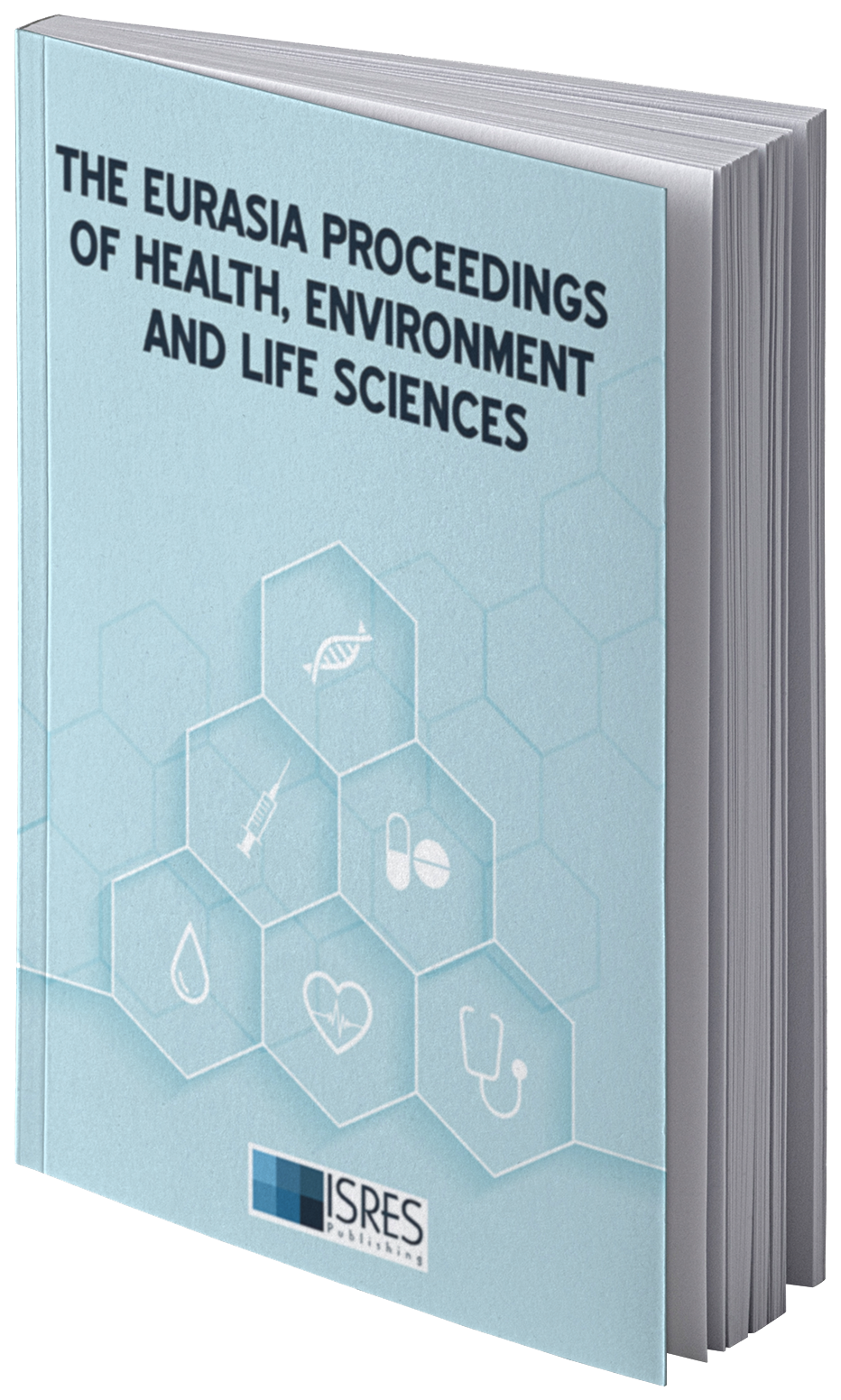Composition and Structure of Ectoparasites in Cattle in Setif Region - Algeria
DOI:
https://doi.org/10.55549/ephels.130Abstract
This study was conducted to investigate the infestation of cattle by ectoparasites in the region of Setif (Algeria). Over a three-year period (2016-2018), a total of 2200 cattle were examined, revealing five species of insects (four species of lice and one myiasis) and seven species of ticks (Ixodidae). Our results indicate that 66.07% of cattle were infested with one or more ectoparasites. Among these, ixodid ticks were the most prevalent, accounting for an overall infection rate of35.30%. The dominant tick species were Rhipicephalus turanicus (12.89%)and Hyalomma marginatum (10.05%), followed by Hyalomma excavatum and Rhipicephalus bursa at (9.4% and 8.9%, respectively). The species Hyalomma scupense, Rhipicephalus (Boophilus) annulatus, and Haemaphysalis sulcata had the lowest prevalence rates (5.65%,2.02%, and1.47%, respectively). Additionally,783 cattle were affected by phthiriosis, with the dominant louse species being Bovicola bovis (19.82%), followed by Haematopinus quadripertusus, Solenopotes capillatus, and Linognathus vituli (at12.77%,8.15%, and7.7%, respectively). In contrast, only244 cattle were affected by a single species of myiasis (Hypoderma lineatum), with2034 larvae. The seasonal dynamics of ectoparasites were evident, with seven tick species showing activity during spring and summer. All four louse species caused winter disease, while Hypodermosis due to Hypoderma lineatum occurred predominantly in spring and summer, extending into autumn. Interestingly, the topographical region did not significantly influence lice and Hypodermosis infestations. However, it did create a favorable environment for tick activity. There was also a racial predisposition observed in lice and ticks, in contrast to Hypodermosis, where racial factors had no impact. Finally, the influence of age and sex on ectoparasite diseases closely correlated with the breeding system.
Downloads
Published
Issue
Section
License
Copyright (c) 2024 The Eurasia Proceedings of Health, Environment and Life Sciences

This work is licensed under a Creative Commons Attribution 4.0 International License.
The articles may be used for research, teaching, and private study purposes. Any substantial or systematic reproduction, redistribution, reselling, loan, sub-licensing, systematic supply, or distribution in any form to anyone is expressly forbidden. Authors alone are responsible for the contents of their articles. The journal owns the copyright of the articles. The publisher shall not be liable for any loss, actions, claims, proceedings, demand, or costs or damages whatsoever or howsoever caused arising directly or indirectly in connection with or arising out of the use of the research material. All authors are requested to disclose any actual or potential conflict of interest including any financial, personal or other relationships with other people or organizations regarding the submitted work.



